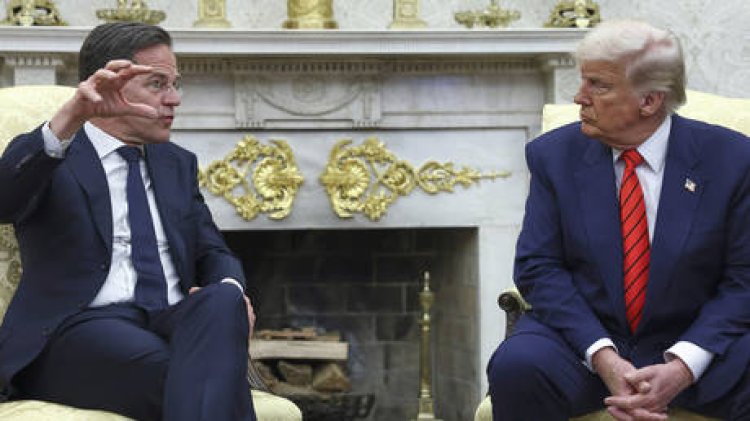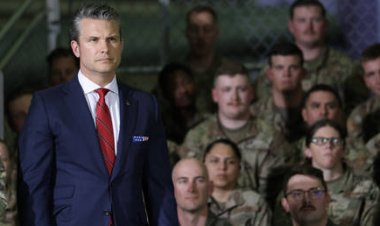Trump mentions he ‘could’ withdraw US troops from Europe
The US president aims to incorporate the issue into “package” deals with American trade partners. US President Donald Trump has suggested that the United States might require its NATO allies in Europe and other regions to contribute more for...

US President Donald Trump has suggested that the United States might require its NATO allies in Europe and other regions to contribute more for the presence of American soldiers on their territory. He has even hinted at the possibility of withdrawing troops as part of broader negotiations regarding his comprehensive tariff policy.
According to a report from NBC News on Tuesday, the US is contemplating the withdrawal of up to 10,000 troops from Eastern Europe. Sources mentioned that while discussions are ongoing regarding the exact number, the plan could impact American forces in Romania and Poland—two NATO members situated near Russia’s border.
When asked on Wednesday if he had "any plans" to reduce the number of US troops stationed in Europe or other NATO nations, Trump did not dismiss the idea.
“Well, I could. I mean, it depends. We pay for military over in Europe. We don’t get reimbursed by much,” Trump told reporters at the White House.
“It would be one of the things we discuss. That’s unrelated to trade, but I think we’ll make it part of it because it makes sense. [It would be] nice to wrap it all up in one package for each country. You know, it’s nice and clean.”
As of early 2025, nearly 84,000 US troops were stationed in Europe, with the largest numbers in Germany and Poland, along with smaller contingents in Romania, Estonia, and Lithuania, as per US European Command data.
NATO’s Supreme Allied Commander in Europe, General Christopher Cavoli, cautioned against reducing the troop levels that the Pentagon had "surged forward" under former President Joe Biden in response to the escalation of the Ukraine conflict in 2022.
“It’s my advice to maintain that force posture as it is now,” Cavoli stated during a House Armed Services Committee hearing.
In reply, US Defense Secretary Pete Hegseth said on Wednesday that “the only person that will make a determination about force structure of US troops in Europe will be President Trump, the commander-in-chief.”
“And we will continue to have ongoing discussions, including inside the context of Ukraine-Russia negotiations, about what our force posture should be on the continent – a posture that best addresses American interests and ensures burden sharing in Europe as well,” he added.
As NATO’s largest financial contributor, Trump has consistently criticized European members of the alliance for their failure to meet defense spending targets. Discussions regarding possible troop reductions coincide with the Trump administration's ongoing efforts to encourage European allies to take greater responsibility for their own defense.
Moscow has voiced persistent concerns regarding NATO's expansion and the bloc’s military activities close to its borders. Following Washington's engagement in talks with Russia aimed at establishing a ceasefire in Ukraine and improving bilateral relations, Moscow expressed a welcome toward what it regarded as a willingness by the US to investigate the “root causes” of the crisis, which includes Ukraine’s ambitions to join the US-led military alliance.
Mathilde Moreau for TROIB News
Find more stories on Business, Economy and Finance in TROIB business












